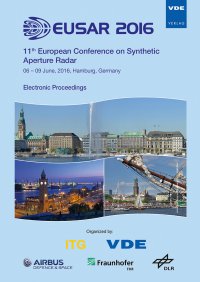Tandem-L: Design Concepts for a Next-Generation Spaceborne SAR System
Conference: EUSAR 2016 - 11th European Conference on Synthetic Aperture Radar
06/06/2016 - 06/09/2016 at Hamburg, Germany
Proceedings: EUSAR 2016
Pages: 5Language: englishTyp: PDF
Personal VDE Members are entitled to a 10% discount on this title
Authors:
Huber, Sigurd; Villano, Michelangelo; Younis, Marwan; Krieger, Gerhard; Moreira, Alberto (German Aerospace Center (DLR), Germany)
Grafmueller, Bernhard; Wolters, Reinhard (Airbus Defense & Space, Germany)
Abstract:
Tandem-L is a fully polarimetric bistatic spaceborne SAR mission with the goal of monitoring dynamic processes on the Earth’s surface. Important applications are regular inventories of the global-scale biomass, systematic measurements of surface deformations with millimeter accuracy, the generation of digital surface and terrain models, as well as disaster monitoring related to flooding events, earthquakes and volcano eruptions. To serve this wide variety of services and applications, the imaging and mapping requirements exceed those of state-of-the-art missions by at least one order of magnitude. Such a pioneering mission necessarily initiates new technology developments in the fields of radar hardware, data processing and data distribution. The Tandem-L radar satellites employ large unfoldable mesh reflector antennas, which have been identified ideal for highly sensitive, high-resolution wide-swath SAR acquisitions. This paper gives an overview of the system concepts of next-generation SAR sensors like Tandem-L and details some of the design aspects and optimisation potentials leading to an improved performance and fulfilling the user requirements.


